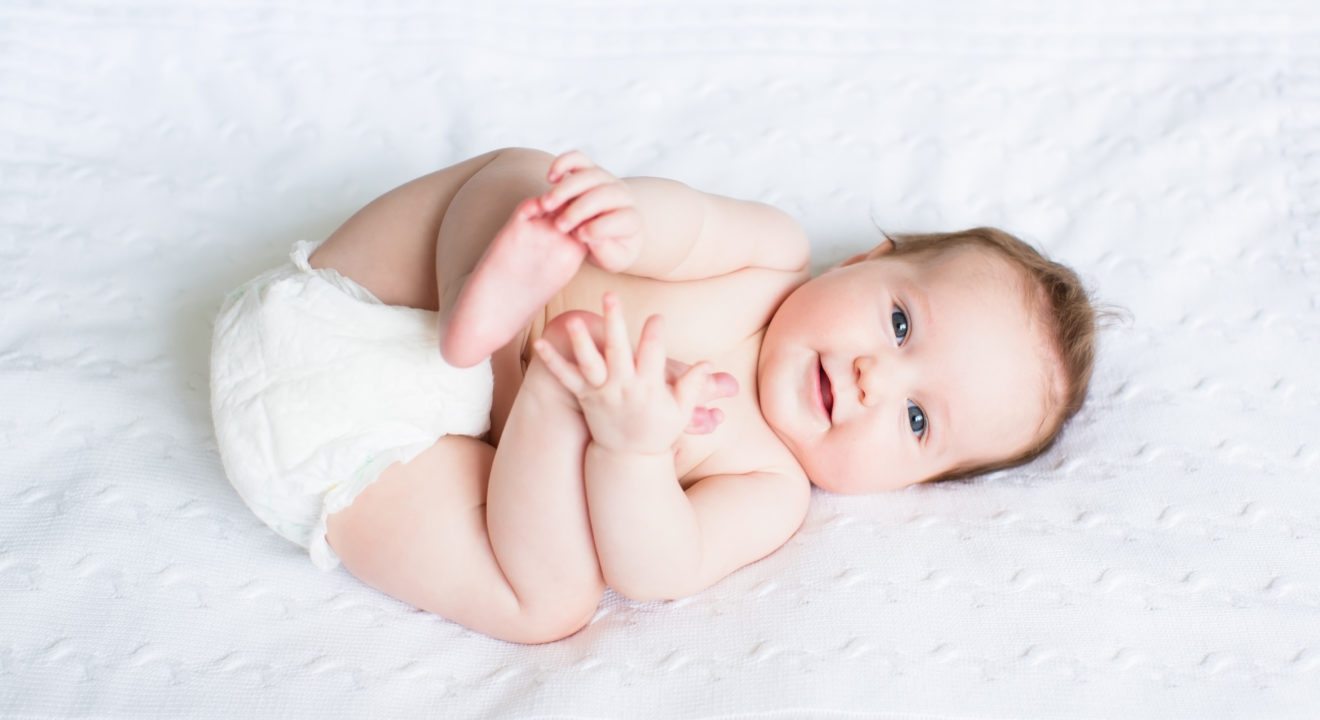Relationships October 20, 2016


Every mother knows that constantly putting diapers on a baby can be a lot of work. What every mother may not know is it takes even more work to actually make those diapers. According to Motherease, diapers are the third largest single product waste.
“From birth to toilet training each child will use approximately 5,300 disposable diapers. It takes 440-880 lbs. of fluff pulp and 286 lbs. of plastic (including packaging) per year to supply a single baby with disposables.” Landfills are overflowing with soiled disposable diapers, which can take 250-500 years to decompose, according to the Real Diaper Association.
One mother, tired of all the waste she and her baby were producing, decided to do something about it. Marlene Sandberg, lawyer and mother of two young boys, began her journey to make a better diaper when she read about the dangers that the products have on the Swedish environment. It was then that she became fed up with the lack of truly “green” products offered to mothers and decided to start her own company, Naty, in 1994.
In an interview with ENTITY, Sandberg said that conventional diapers contain a gel-like substance, sodium polyacrylate crystals (SAP). This super absorbent polymer has been linked to skin irritations and respiratory problems, according to Livestrong. A byproduct of SAP is dioxin, which is a highly toxic carcinogen found in disposable diapers.
While conventional diapers take hundreds of years to deteriorate due to lack of proper environmental conditions, a study conducted by OWS NV found that Naty diapers almost completely decompose in only 12 weeks. Today, Naty diapers are over 70 percent biodegradable, but the company intends to push that number higher in the coming years.
Since the ingredients are truly biodegradable, there are some major benefits that parents will especially enjoy. Fewer chemical products mean less developmental allergies, asthma or possible infertility for babies. Parents can buy, use and toss this product without any guilt or worry about the effects on their children.
Sandberg hasn’t stopped there. She wanted to create a green diaper that was not only disposable, convenient and healthy, but also one that wouldn’t harm the environment. Therefore, Naty’s diapers are made from renewable sources. With society’s high consumption of oil and many business’s disregard for the environment, it’s more important than ever before to use renewable sources.
Naty’s has been socially conscious enough to only use materials that will replenish every year. But Naty’s dedication to environmental friendliness doesn’t end there. In order to prove Sandberg and her company are truly conscious about their impact on the world, the company has been certified and backed by OK Compost, the FSC, Vincotte, and Compostable. These labels ensure that the diapers are chlorine and fragrance-free as well as breathable.
But even if the diaper has a positive impact on the environment, can it truly make a difference in the responsible consumer game? According to the Boston Consulting Groups, “eight percent of respondents said that they regularly buy RC products. 66 percent buy them at lease occasionally.” They also estimate that within the next five years, there’s expected to be a 70 percent grocery sales growth in Europe.
Naty is the leading supplier of Eco diapers in Europe, but will this eco-friendly revolution spread to the United States? As the U.S. grows more environmentally conscious every year, what is to stop American women from joining the green diaper revolution?